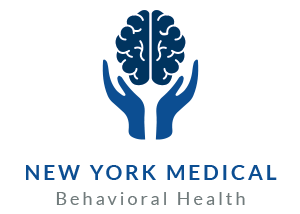Characteristics of the Depressed Brain
We can see how depression affects a sufferer’s life in so many ways. People report feeling hopeless, tired, irritable, and ashamed. We also know that the brain is just another organ in the body, an intricate network of tissues that interacts with itself and the other parts of the body to drive our actions and decisions. Each human ever born has had their own unique chemistry. We also know that illness can have a profound effect on the structure, sometimes even the appearance, of an organ. This can transform the organ’s ability to perform its intended function, sometimes beyond the point of repair.
A pair of lungs subjected to years of harmful inhalants will suffer reduced ability to absorb oxygen and possible tissue scarring. A heart pushed to its limit by high blood pressure for a long time will develop weakened vessel walls. Eyes exposed to bright light for too long will suffer damage to the retina that could be untreatable.
Depression is a complex disorder that affects millions of people in the United States. It causes massive losses when it comes to quality of life. Being able to observe visual and functional differences in the depressed brain versus the “typical” brain is an invaluable insight into understanding what we might do to improve the situation. The following are some of the ways that depression changes the brain.
Brain inflammation is linked to depression. Inflammation involves an excess of fluid and blood flow in the area, causing swelling, heat, and compressed nerves that cause pain that can be mild to intense. This can even cause brain cells to die prematurely.
Depression can cause or contribute to brain shrinkage. This is not usually the entire brain, rather certain areas of it. Shrinkage in any area of the brain can be highly detrimental to mood and function. Consider the amygdala. The amygdala is directly responsible for emotion creation and regulation.
Neurotransmitter imbalances and affected neurocircuitry are found in the structures of depressed brains. Neurotransmitters are chemical compounds that the brain and other parts of the body produce to act as signals to the body, like a message to run away, or to get excited when we get good news.
Gray matter density can be imbalanced in a depressed brain. Abnormally thick cortical tissue is associated with depression and anxiety. It follows that the extra pressure constricts blood vessels and other pathways for chemical signals, influencing issues with neurotransmitter function.
Brain scans are being studied right now to see what differences between a brain with depression and a “normal” brain are visible. Whatever lead turns up to help us understand and attempt to heal our brains, we want to investigate to give the millions of people suffering from depression, their loved ones, and the society they operate in a better quality of life. Contact us any time on our website or by calling (585) 442-6960.





